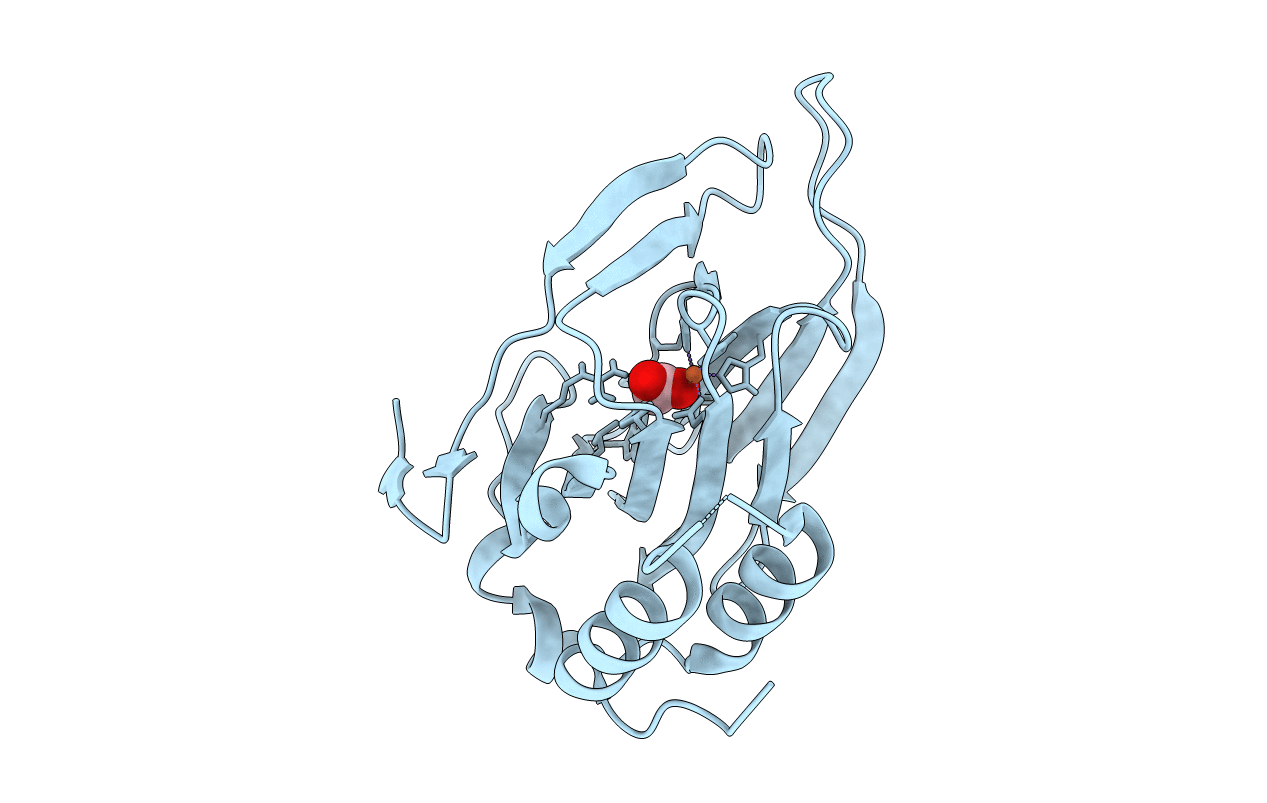
Deposition Date
2019-08-26
Release Date
2020-07-08
Last Version Date
2023-10-11
Method Details:
Experimental Method:
Resolution:
1.91 Å
R-Value Free:
0.21
R-Value Work:
0.17
Space Group:
P 43 21 2


